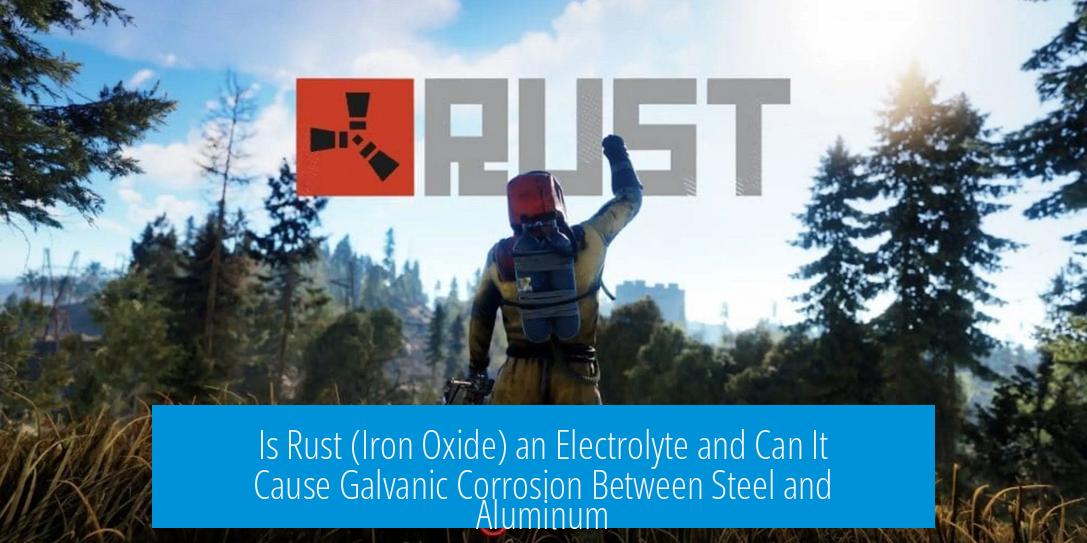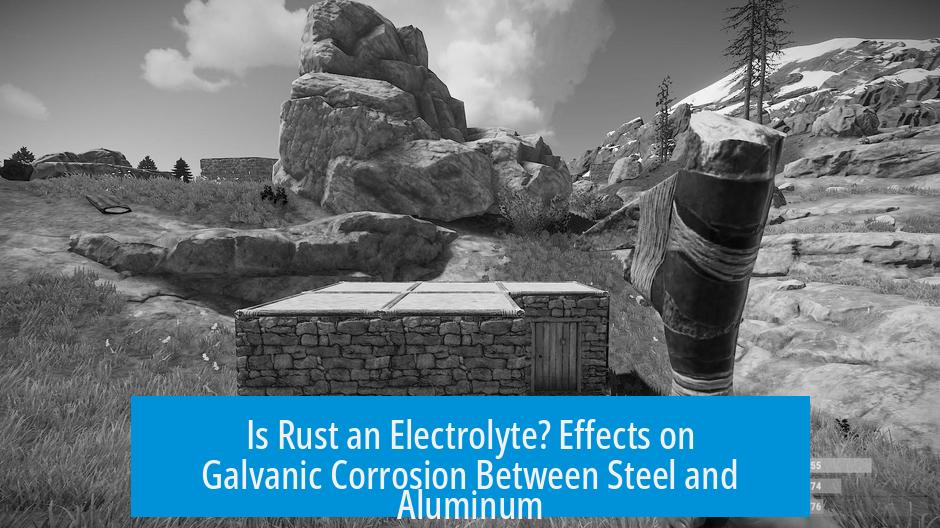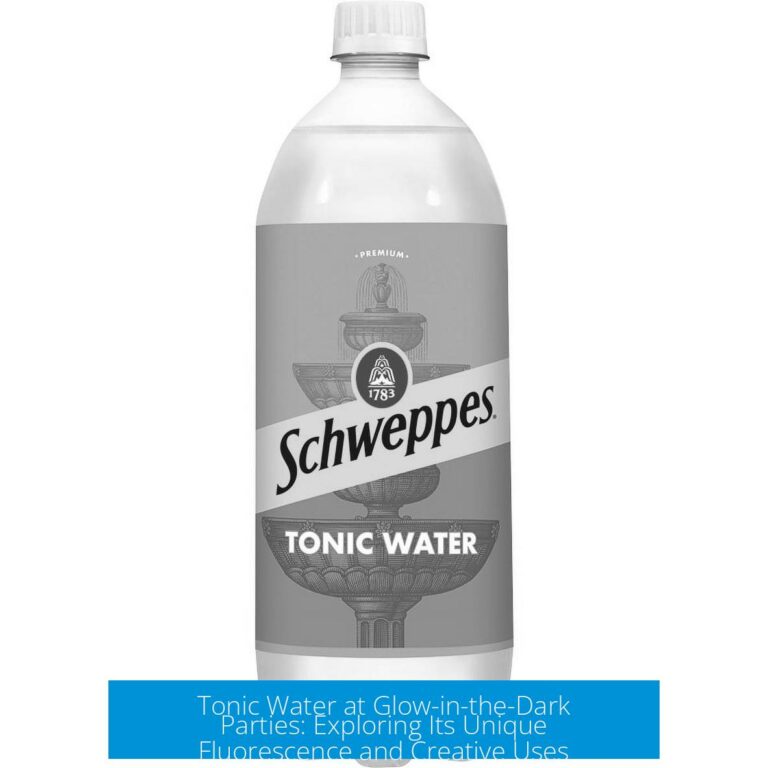Is Rust (Iron Oxide) an Electrolyte and Can It Cause Galvanic Corrosion Between Steel and Aluminum?

Rust (iron oxide) acts as an electrolyte when dissolved in water, and it can facilitate galvanic corrosion between steel and aluminum. This happens because rust releases ions that enable electrochemical reactions between the two metals.
Rust as an Electrolyte
Chemically, an electrolyte is a compound that dissociates into ions in water. Iron(III) oxide, commonly known as rust (Fe2O3), dissolves in water and liberates iron ions (Fe3+). Even solid pieces of rust slowly release these ions into surrounding moisture.
This ionic release means rust creates an electrically conductive environment on metal surfaces. The presence of free ions in water qualifies rust as an electrolyte, allowing electrical charges to move between metal parts.
Galvanic Corrosion Between Steel and Aluminum
When steel and aluminum contact each other in the presence of an electrolyte, galvanic corrosion may occur. Rust’s ions provide the medium for this process by enabling electron flow.
- Iron (particularly Fe3+) is more reactive (electronegative) than aluminum (Al3+).
- This difference in electrode potential causes aluminum to act as the anode and corrode, while iron serves as the cathode.
- The reaction effectively dissolves the aluminum metal, weakening the structure.
This galvanic effect explains why iron nails should never directly contact aluminum siding or components, especially in moist conditions. The rust-induced electrolyte accelerates corrosion on aluminum parts adjacent to steel.
Practical Implications
- Rust forms an ionic medium facilitating galvanic cells between steel and aluminum.
- Aluminum corrodes faster than steel in galvanic couples due to its electrode potential.
- Structures mixing these metals in wet environments risk accelerated failure.
- Galvanic corrosion prevention often includes physical separation or coating of metals.
Key Points
- Rust (Fe2O3) dissolves in water, releasing ions and functioning as an electrolyte.
- This electrolyte enables galvanic corrosion between steel and aluminum in contact.
- Aluminum acts as the anode and corrodes due to differing electrode potentials.
- Direct contact of iron and aluminum in moist environments should be avoided to prevent damage.





Leave a Comment